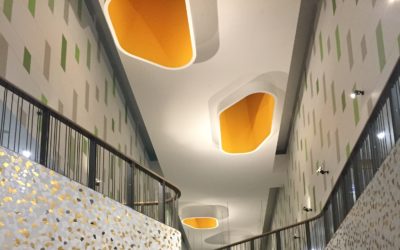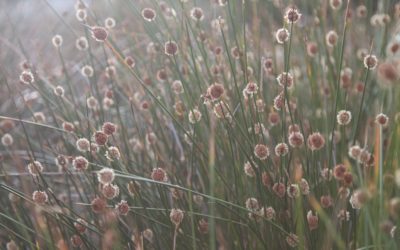Rethinking raingardens
Bioretention systems (raingardens) are widely used in urban stormwater management to improve stormwater quality.
MUSIC has become the industry standard software for the simulation of bioretention system performance and, in Australia, most regulatory targets for stormwater quality are directly derived from MUSIC model predictions about the performance of reasonably sized bioretention systems.
Bligh Tanner has undertaken a broad review of field studies on bioretention systems and found significant discrepancies between actual and modelled performance. Studies show bioretention systems act much more like a sponge than a filter, resulting in very large reductions in runoff volume (60% on average, a ten-fold increase on MUSIC estimates). Pollutant loads appear to be reduced primarily through volumetric loss, with some studies finding limited reductions in pollutant concentrations.
Interestingly, large reductions in runoff volumes have been observed for bioretention systems on heavy clays and with impermeable linings, and for large storm events.
This has wide ranging implications for stormwater management.
‘Apart from the obvious need to review stormwater quality targets, there’s a range of other possible implications’ according to Bligh Tanner Director Alan Hoban. ‘The sponge cities concept is gaining traction here and abroad, and this research should help build recognition of the role of water sensitive urban design in better managing urban runoff issues like flooding and stream erosion, for example. We also know that retaining water in the urban landscape is good for helping deal with peak summer temperatures’.
Bligh Tanner hopes this research helps lead to more practical approaches to bioretention system design, with a greater emphasis on healthy plant growth, water retention and infiltration, and empowering landscape architects to take the reins on raingarden design.
A two-page summary of this research, as presented at the Stormwater Queensland 2017 Conference, is available here








